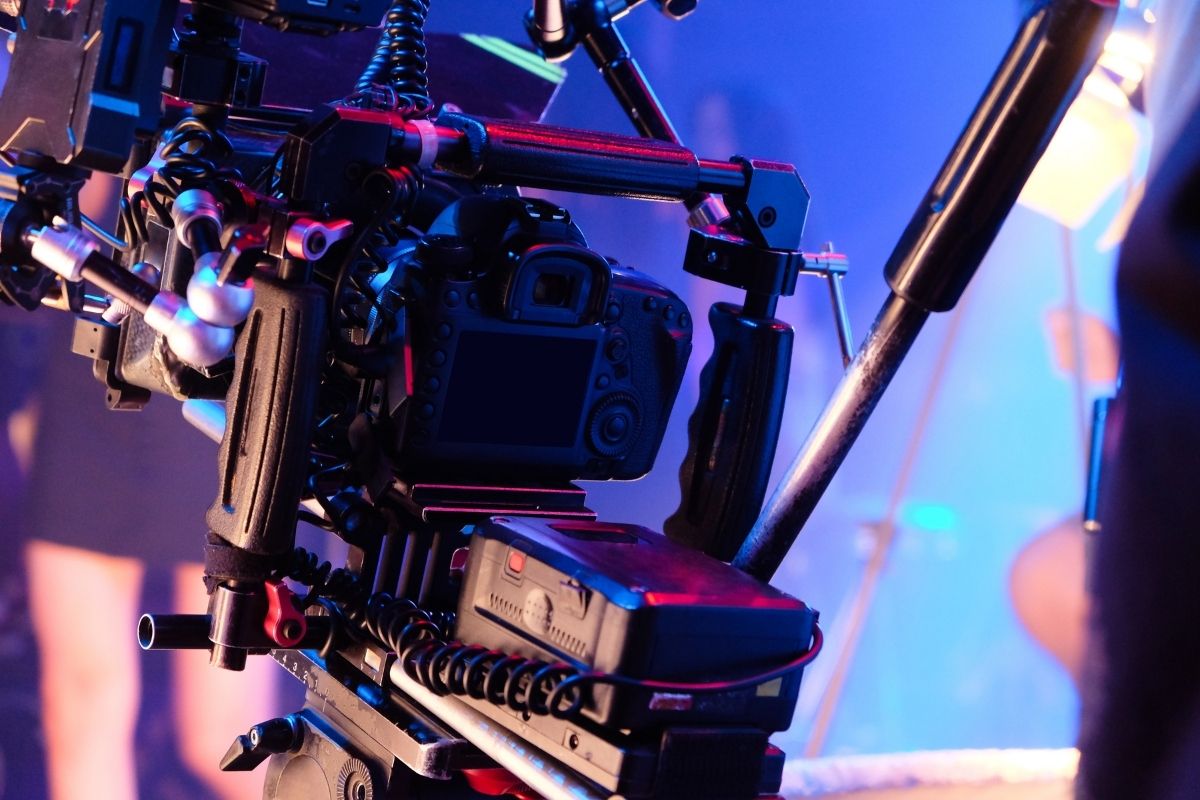Cinematic History: An Art, a Technology, Culture: Groundbreaking Films
“Being a student of film since I was 12 or 13-years-old, I just loved films,” says Sam Pollard. “Learning film history was very inspirational and informative in the shaping of my career. I would say anyone who wants to understand the evolution of film history, should first look at two groundbreaking cinema filmmakers.”
One early director’s contribution to filmmaking
“First, is D.W. Griffith. Though politically I have issues with some of his films, specifically Birth of a Nation, Griffith revolutionized narrative storytelling.”
Griffith, with his camera operator, Billy Bitzer, figured out that film was about more than having master shots. It was also about medium shots and using closeups to enhance a scene’s dramatic actions. It was about the interaction between characters.
He also created cross-cutting, parallel editing. These techniques let filmgoers see story, characters and action occurring in one place, before cutting to a storyline happening in another time and place—parallel action.
Eisenstein changed film editing forever
Another seminal filmmaker in the evolution of film is the work of Russian filmmaker, Sergei Eisenstein.
“Eisenstein’s film, Battleship Potemkin, specifically its Odessa Steps scene, was groundbreaking. It had revolutionary editing: from a political perspective, a social perspective, and from a cinematic editorial perspective,” Pollard remarks.
“This film is a must watch for anybody who wants to understand film editing and filmmaking—to watch the Odessa Steps scene repeatedly. I still am inspired and informed by that sequence. “
Another filmmaker who was very revolutionary for being very experimental but also engaging was Vertov’s Man with a Movie Camera.
Dziga Vertov was Russian, like Eisenstein. If you have the opportunity to watch Man with a Movie Camera, you’ll see he takes you sort of behind the scenes, so you see him, the filmmaker, making a film.
This was revolutionary not only back in the 1920s, but still today in 2020.
Very important filmmakers: Eisenstein, Vertov, Griffith.
Great American filmmakers after the silent era
“When we got to the world of sound, where audio became important, some filmmakers really stood out. But first, before talking about these films, one of the other silent filmmakers who stands out, and whose films I just rewatched, is Charlie Chaplin,” says Pollard.
“Chaplin’s sense of cinema, how he created emotion and character. It wasn’t with a lot of frills but just so dramatic and great. If you go back and watch Modern Times and City Lights, the guy was a revolutionary filmmaker.
But again, when you got to the 1930s, after the silent era was over, you had filmmakers like Alfred Hitchcock, John Ford, and George Stevens. These American filmmakers.
Influential filmmakers from around the world
“Later, though by the time I got into the film industry, I understood that it wasn’t only American filmmakers who were important but there were European filmmakers, too,” says Pollard.
Filmmakers like Ingmar Bergman, Robert Bresson, and Jean Cocteau.
“There were also African filmmakers, like Ousmane Sembène from Senegal. Yasujirō Ozu and Akira Kurosawa from Japan. Satyajit Ray from India.”
All of these international filmmakers were very revolutionary, with a real understanding of how to create personal, emotional cinema.
###
